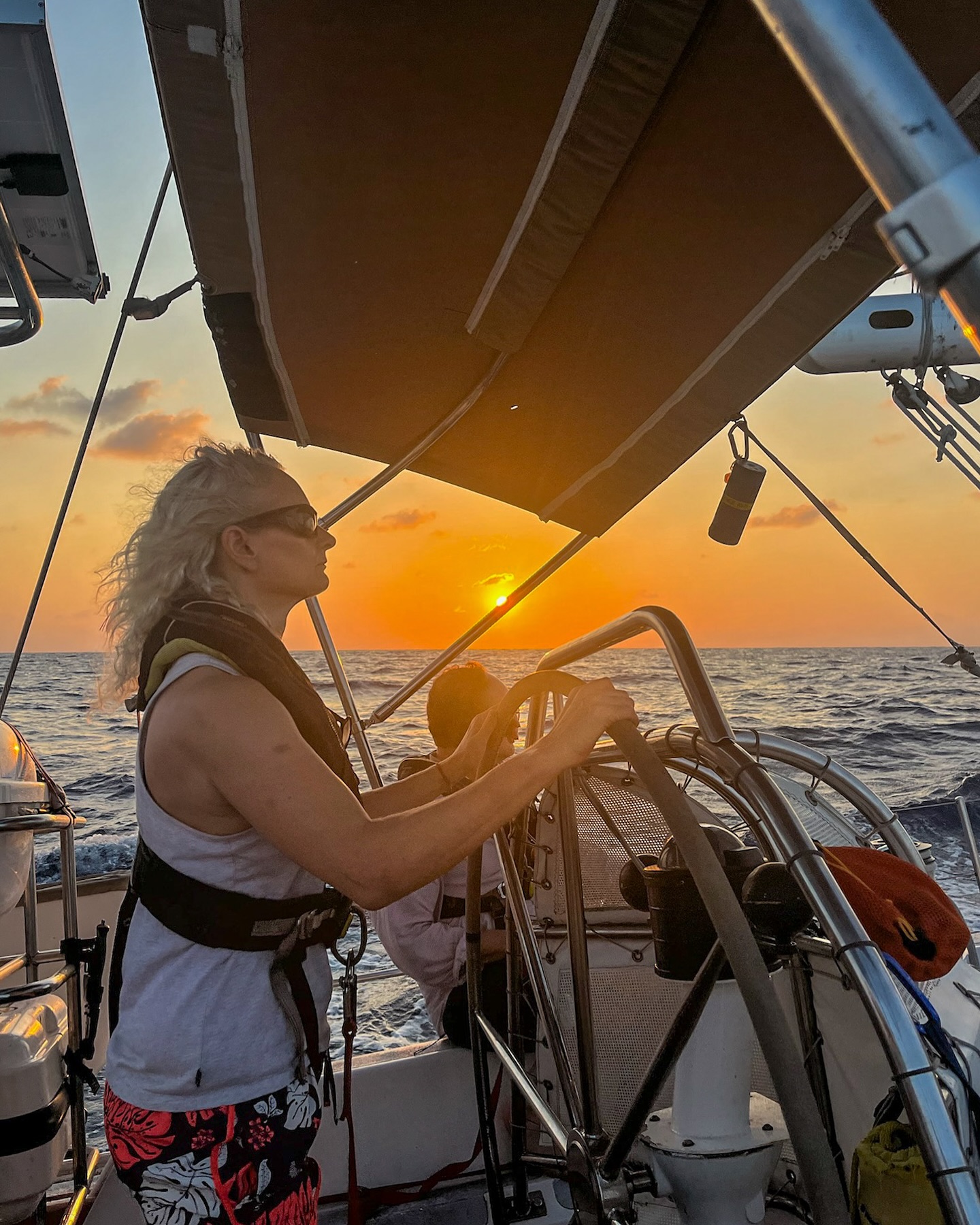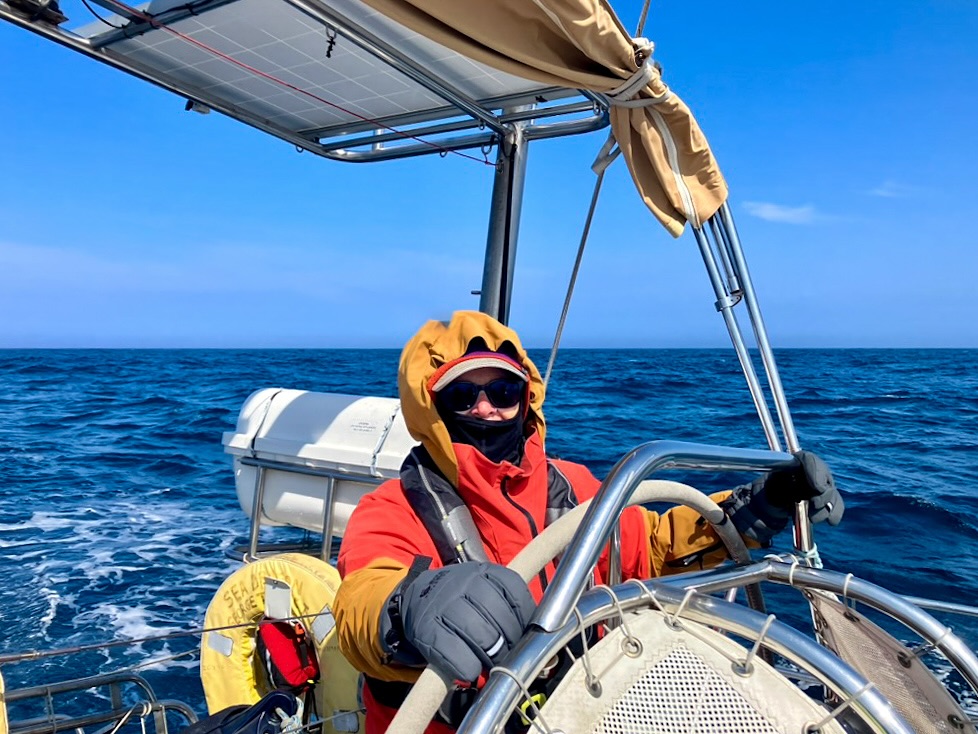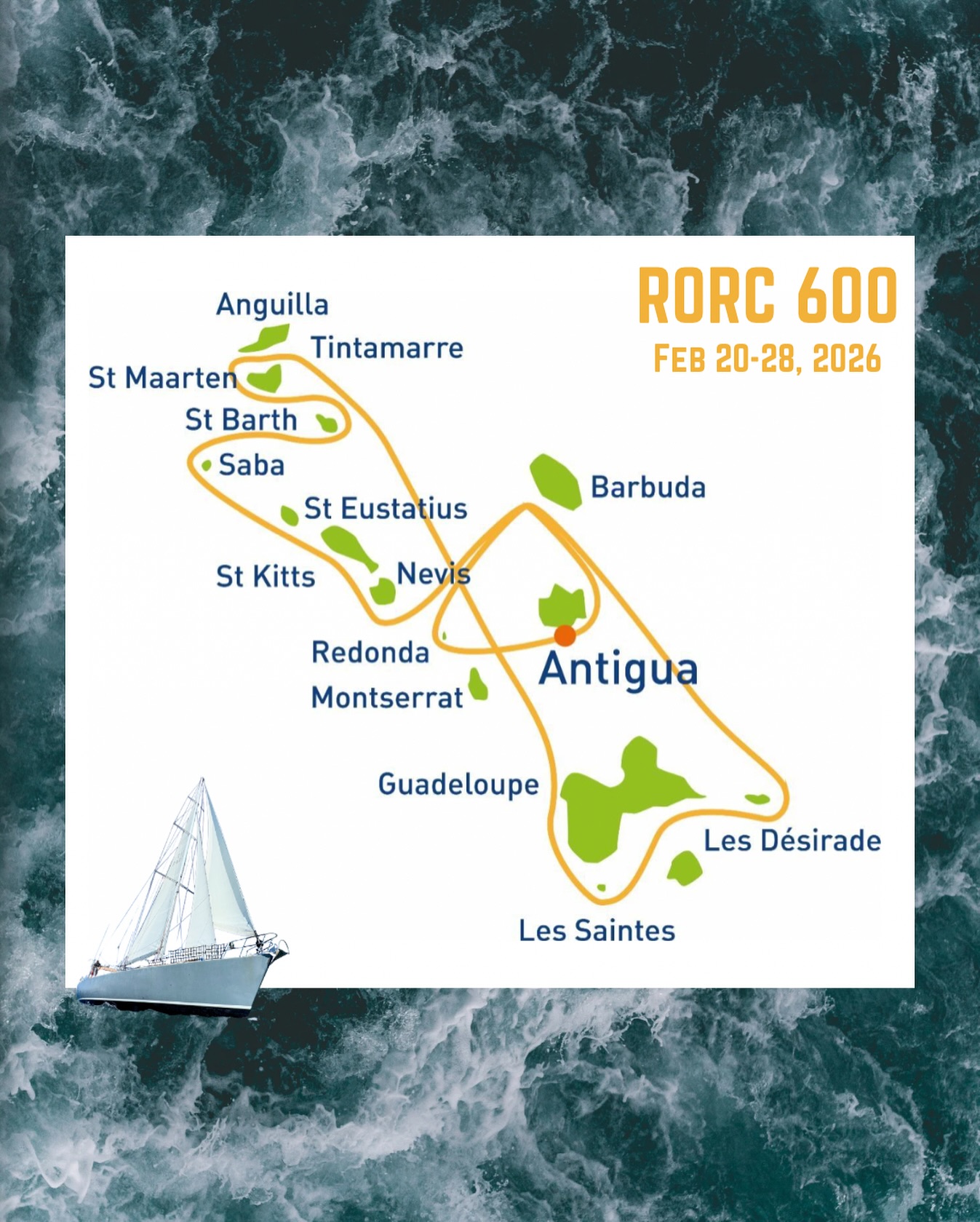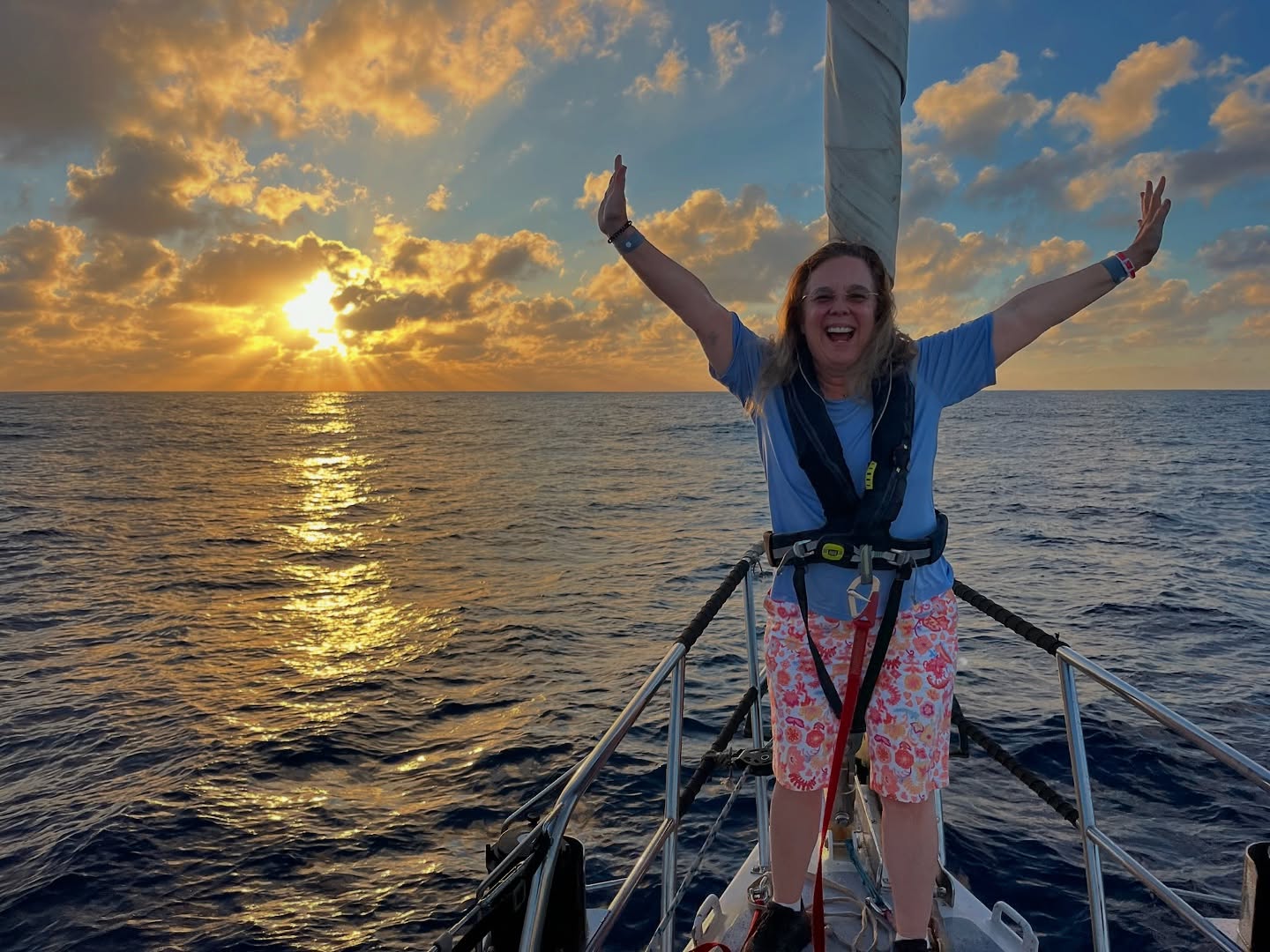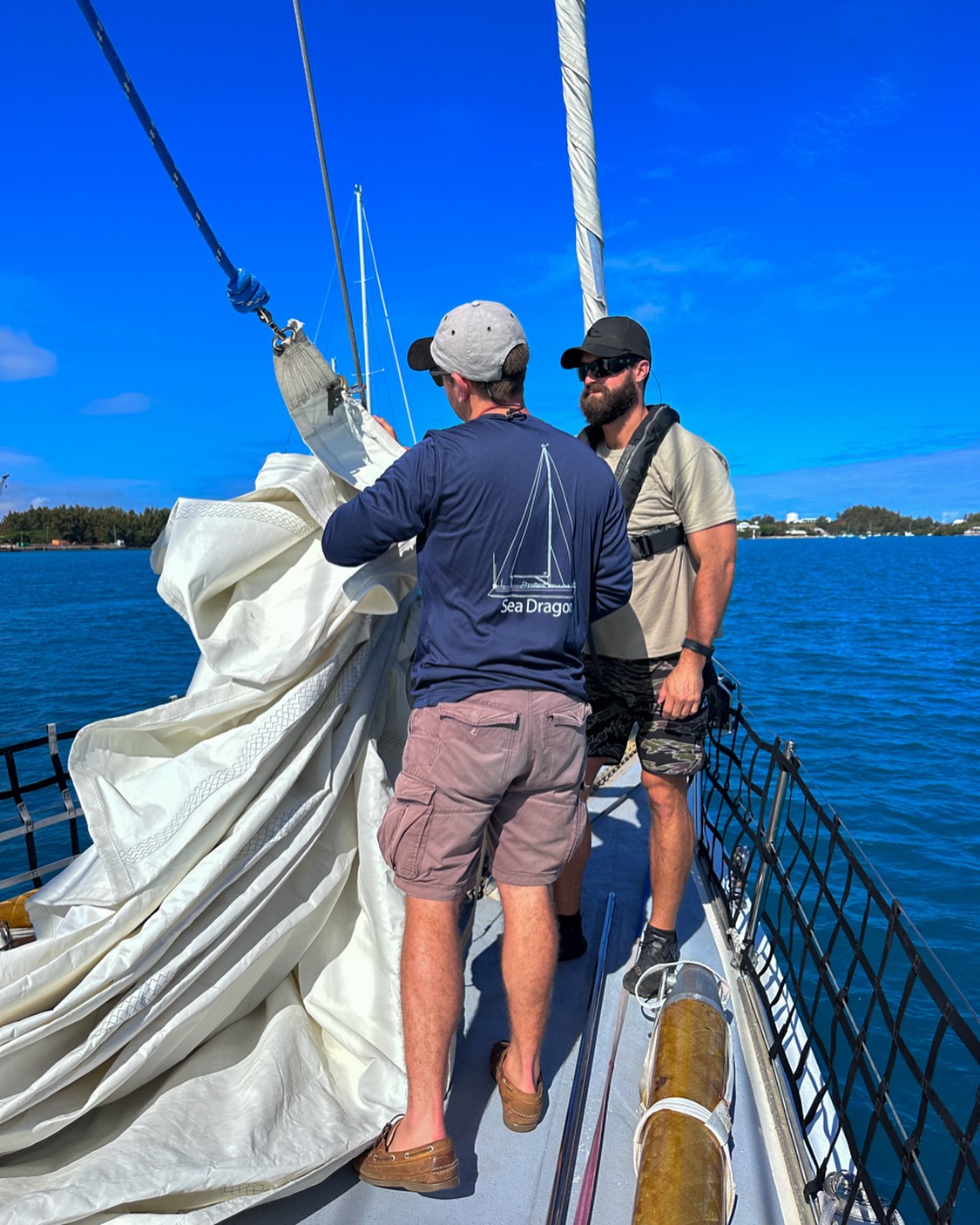Leaving behind the drizzle of a dank December morning in Woods Hole, tropical heat and humidity blasted our faces as we stepped off the plane in St. Thomas, US Virgin Islands. Team assembled, gear loaded on deck, fresh food stowed away; we are ready to get to work. Tomorrow begins the first day on Sea Dragon, the 72 ft sailboat that we chartered for our expedition. Our first order of business is to search for large coral colonies on the south and north shores of St. Thomas. Once we locate suitable colonies, we will begin drilling 1+ meter long cores of coral skeleton.

Sea Dragon has a draft of 11 ft, so it cannot go close to shore, where we expect to find large coral colonies. Instead, we will load up a small dinghy with drilling equipment and SCUBA divers. We will use two different types of underwater drills. Handheld pneumatic drills are powered by compressed air from a SCUBA cylinder. Our larger hydraulic drill is powered by oil pumped by an engine down through tubes to spin the drillbit. The pneumatic drills are easiest to use, and little assembly is required. Getting the hydraulic drill set up and spinning is not an easy task, but once going it drills through corals in no time.
Finding corals to drill may prove to be our most difficult task. Few corals survive for several centuries to build meter-tall colonies. Bioeroders – organisms like some clams and sponges that dissolve coral skeleton to build their homes – excavate the base of the colony until it eventually topples over. Macroalgae can overgrow coral colonies. Sometimes warm ocean temperatures can stress a coral and cause it to die. The corals that survive all this can be few and far between, but they are the corals we need to find.
Spirits are high as the preparations come to an end and the challenging, yet fun and exciting expedition is about to begin.













